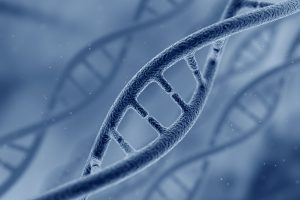After 40 years and more than 12 murders and 45 rapes, law enforcement in California recently made an arrest in the Golden State Killer case. The arrest came as a result of investigators using an undercover identity to gain access to a genealogy database and then entering a sample from the killer. The sample came back as connected to a relative who had entered their DNA in the database. A family tree on the same site—GEDmatch—led to the suspect/arrestee after four months of further investigation. GEDmatch is a website whose main purpose is to help relatives find each other. Its use for law enforcement investigation is causing controversy among privacy professionals and criminal defense lawyers. As a result, this is the type of new and powerful technology lawyers need to understand.
Currently there are four major companies offering DNA genealogy matching services. They are Ancestry.com, 23 and me, Family Tree DNA, and GEDmatch. Submission of a sample can be as simple as spit and send, only requiring a small sample of saliva. The person submitting the sample may not be aware of all of the possible ramifications of submitting their DNA to these databases. In the case of the Golden State Killer, law enforcement believes the submission of DNA by a relative led them to the killer.


 Scrutinizing DNA
Scrutinizing DNA




